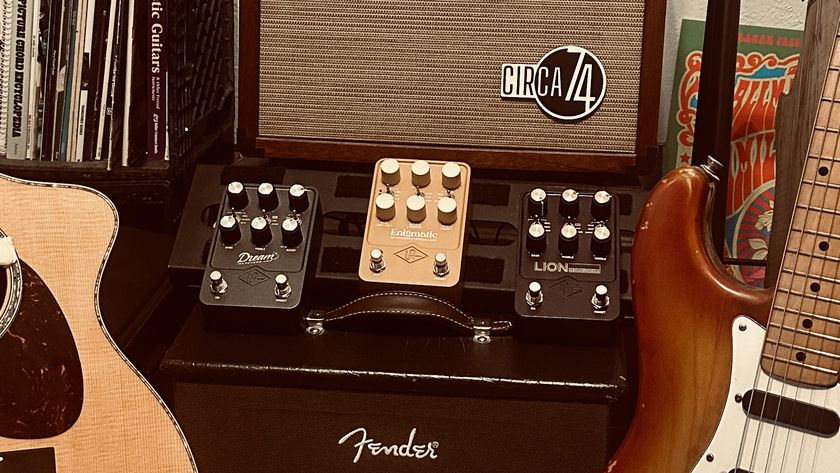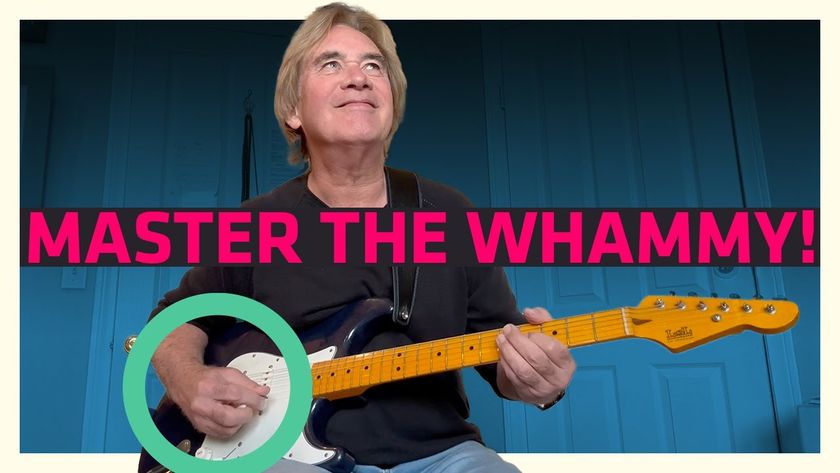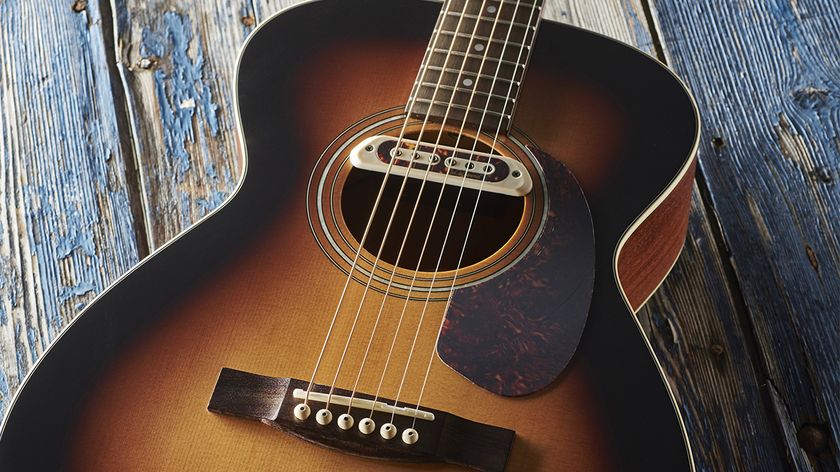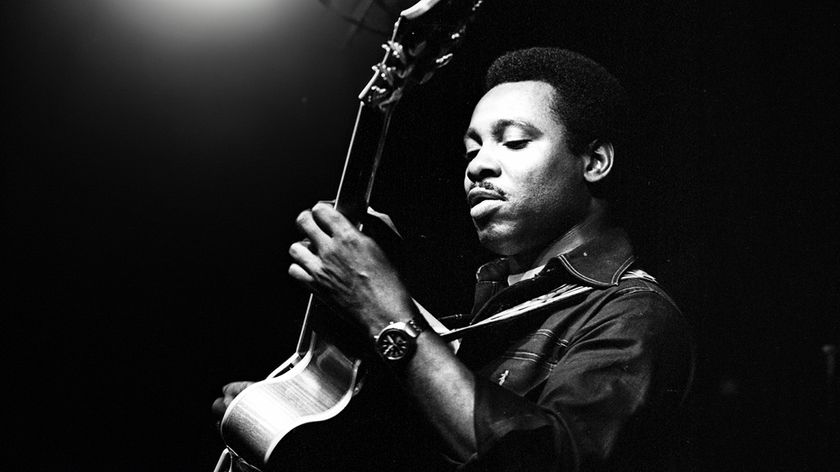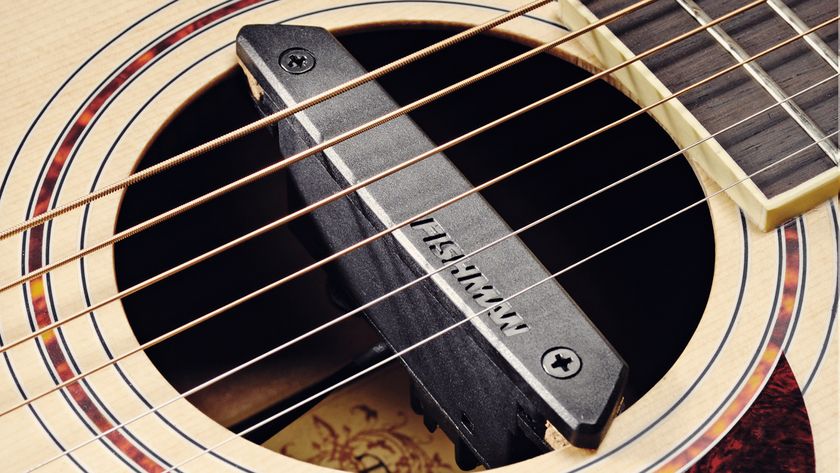40 Ways to Play an Am Chord – Jimi Hendrix Style
If you want to be a fluent player, as Hendrix certainly was, you have to become conversant with major and minor chord moves.
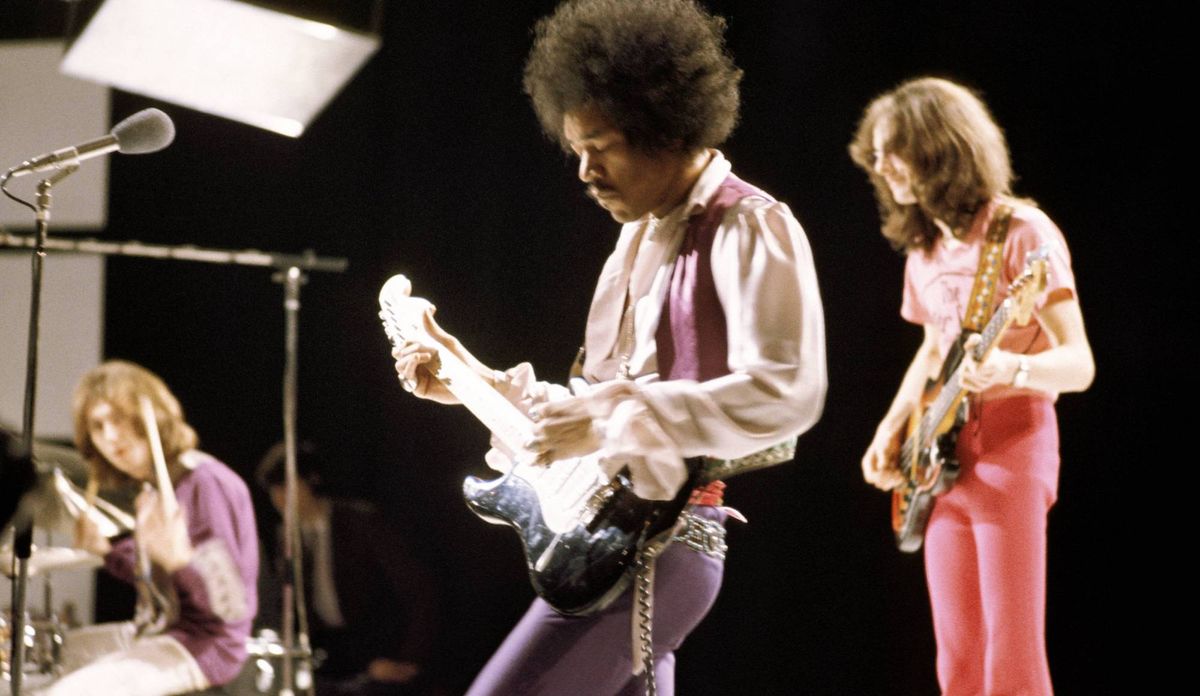
If you want to be a fluent player, as Jimi Hendrix most certainly was, you have to become conversant with major and minor chord moves.
In the past, we’ve showed you 80 one-beat, major-based “modules” derived from fragments of two differently positioned C chord fingerings – or as we like to call it, 80 ways to play a C chord. In this lesson, we’re going to follow suit with 40 A-minor-based moves.
Why A minor? Well, for one thing, it’s the relative minor of C major. The C major and A minor scales contain the same notes (starting on different roots), and a C6 chord shares the same notes as Am7. This means that any major chord’s relative minor always resides a minor third or three frets lower, and all relative major and minor modules are essentially interchangeable.
Below, we’ve condensed one-beat modules built from two different Am fingerings into a single installment. Figure 1 diagrams a fifth-position, “Em”-shaped Am chord, its sister Am7, and the passing tones that surround both chords (including the 4 and the 2/9), all of which are used to create the following modules, while Figure 2 does the same with 12th-position open-Am-shaped Am and Am7 fingerings.

We begin with Example 1, which illustrates 10 different root-on-top modules derived from the top two strings of Figure 1. Note how the first three modules utilize a hammered and/or pulled 9 (B) in conjunction with the 5 and root, and the next three do the same with the b7 (G), while the remaining four contain both additional tones.

Example 2 shifts us down one string group with the 5 (E) voiced on top for the first three modules before we incorporate a fourth-string root and/or b7 throughout the remaining six bars.

Example 3 takes us another string group lower with the b3 (C) voiced on top as we eventually add the 5 and/or 4 (D) on the bottom.

Finally, Example 4 features 10 moves based around the twelfth-position Am and Am7 voicings from Figure 2, and includes modules voiced with the 5, b3, and b7 on top. Use the previous routine to drill similar rhythmic and melodic variations of each one.

Of course, this modular approach encourages mixing and matching these fragments in an infinite number of ways. For instance, try playing bars 2, 9, 7, and 4, or 5, 2, 8, and 10 from Example 4 in succession to create complete one-bar fills.
To apply these minor modules, choose a key (You have transposed all of the previous modules to all keys, haven’t you?), and start out with a couple of purely minor progressions – a Im-IVm-Vm 12-bar minor blues, or an Am-Em-Dm-Am harmonic scheme à la “Ain’t No Sunshine” – and then begin blending in some major chords as illustrated in the Hendrix-inspired progressions in Examples 5a and 5b along with the corresponding major modules we’ve been gathering for the past two months.
Strive for a beautiful, bell-like “Little Wing” and “Axis: Bold As Love” tone, and experience the magic.

Get The Pick Newsletter
All the latest guitar news, interviews, lessons, reviews, deals and more, direct to your inbox!

"It’s like you’re making a statement. And you never know where it’ll lead." Pete Thorn shares the tip that convinced Joe Satriani he was the right guitarist for the SatchVai Band

"This is something you could actually improvise with!" Add vibrant rhythms and sophisticated chords to your guitar playing with Jesse Cook’s five essential flamenco techniques


